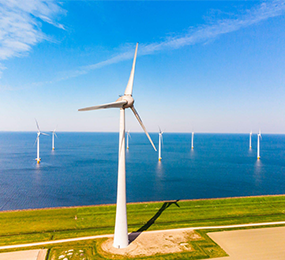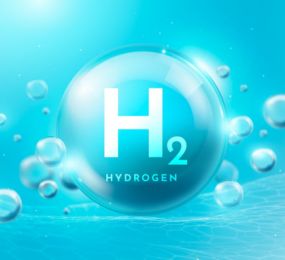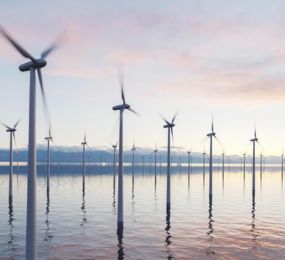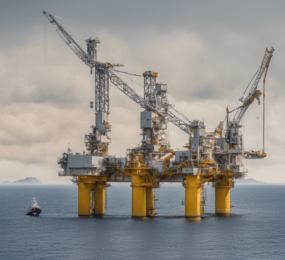The offshore wind industry is at the forefront of the clean energy revolution, providing a sustainable solution to the world's growing energy needs. However, maintaining and operating offshore wind farms presents unique challenges, particularly when it comes to inspections and maintenance. Digital inspection technologies are emerging as a game-changer in offshore wind operations and maintenance (O&M), offering enhanced efficiency, safety, and reliability.
The Importance of Inspections in Offshore Wind O&M
Regular inspections of offshore wind turbines and their associated infrastructure are crucial to ensure their safe and efficient operation. These inspections involve assessing the condition of critical components such as blades, foundations, and subsea cables. Traditionally, these inspections have been time-consuming, costly, and sometimes hazardous, often requiring technicians to access remote and challenging locations.
The Role of Digital Inspection Technologies
Digital inspection technologies leverage cutting-edge tools and techniques to transform the way inspections are conducted in offshore wind O&M:
1. Drones: Unmanned aerial vehicles (UAVs), or drones, equipped with high-resolution cameras and sensors, are deployed to capture detailed images and data of wind turbine components. Drones can access difficult-to-reach areas, providing a comprehensive view of a turbine's condition. They are particularly useful for inspecting turbine blades, which are susceptible to wear and damage.
2. Remote Operated Vehicles (ROVs): ROVs are deployed underwater to inspect subsea infrastructure such as the turbine foundations and subsea cables. These remotely operated vehicles can navigate challenging underwater environments and capture critical data on the condition of the infrastructure.
3. Advanced Sensors: Various sensors, including vibration sensors, thermographic cameras, and ultrasonic sensors, are used to monitor the health of wind turbine components in real time. These sensors detect anomalies and potential issues, allowing for early intervention and predictive maintenance.
4. Data Analytics: Data collected from inspections are processed and analyzed using advanced data analytics and machine learning algorithms. This enables the identification of trends, patterns, and anomalies that might not be apparent through manual inspection, leading to more informed maintenance decisions.
Benefits of Digital Inspection Technologies
The adoption of digital inspection technologies in offshore wind O&M offers several key benefits:
Enhanced Safety: By reducing the need for technicians to work in hazardous or remote locations, digital inspections enhance safety.
Cost Savings: Digital inspections are often more cost-effective than traditional methods, as they require fewer resources and reduce downtime.
Improved Efficiency: The speed and accuracy of digital inspections mean that maintenance and repairs can be carried out more efficiently, minimizing disruption to energy production.
Data-Driven Decision-Making: The wealth of data generated by digital inspections enables data-driven decision-making, leading to more proactive and effective maintenance strategies.
In conclusion, digital inspection technologies are revolutionizing offshore wind O&M by improving safety, efficiency, and reliability. As the offshore wind industry continues to grow, these technologies will play an increasingly vital role in ensuring the sustainability and success of offshore wind farms worldwide.
To register or learn more about the Forum please check here: https://bit.ly/3PnCoWn
For more information and group participation, contact us: [email protected]
















